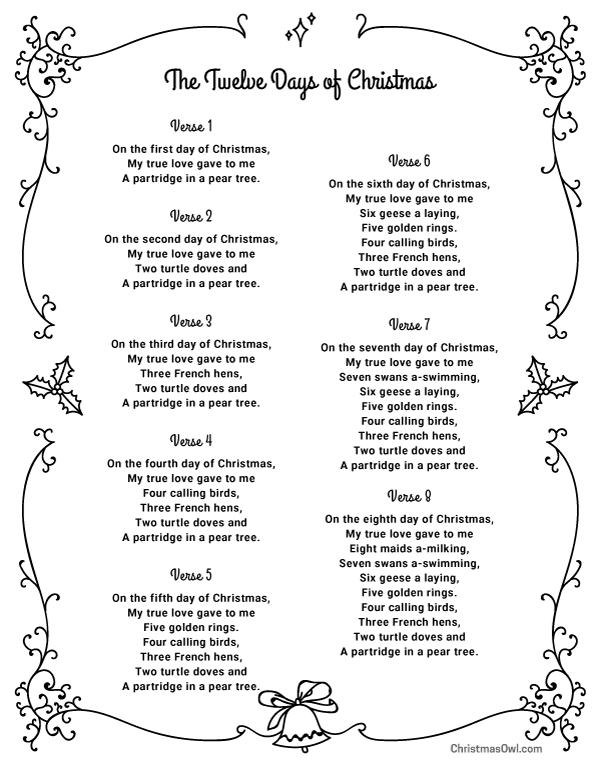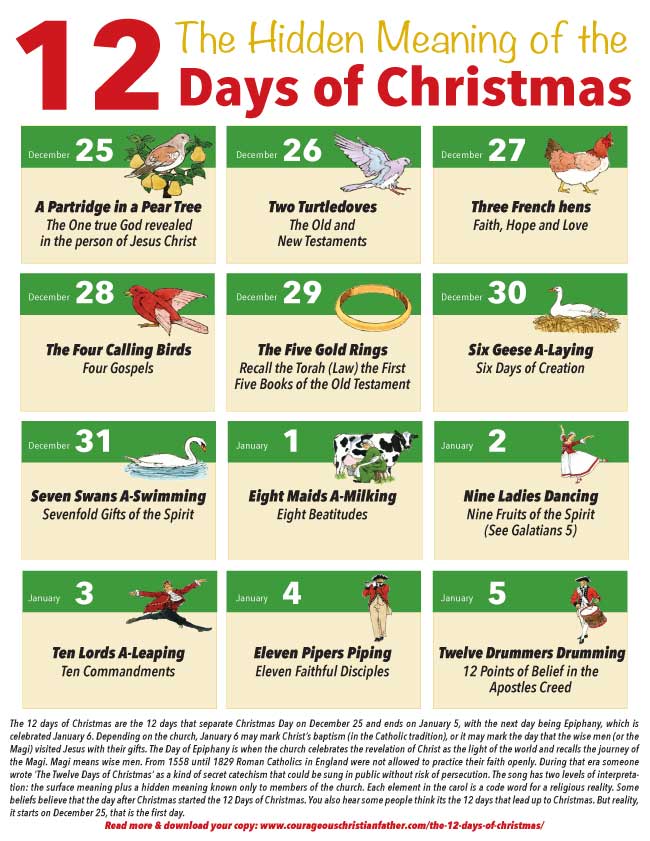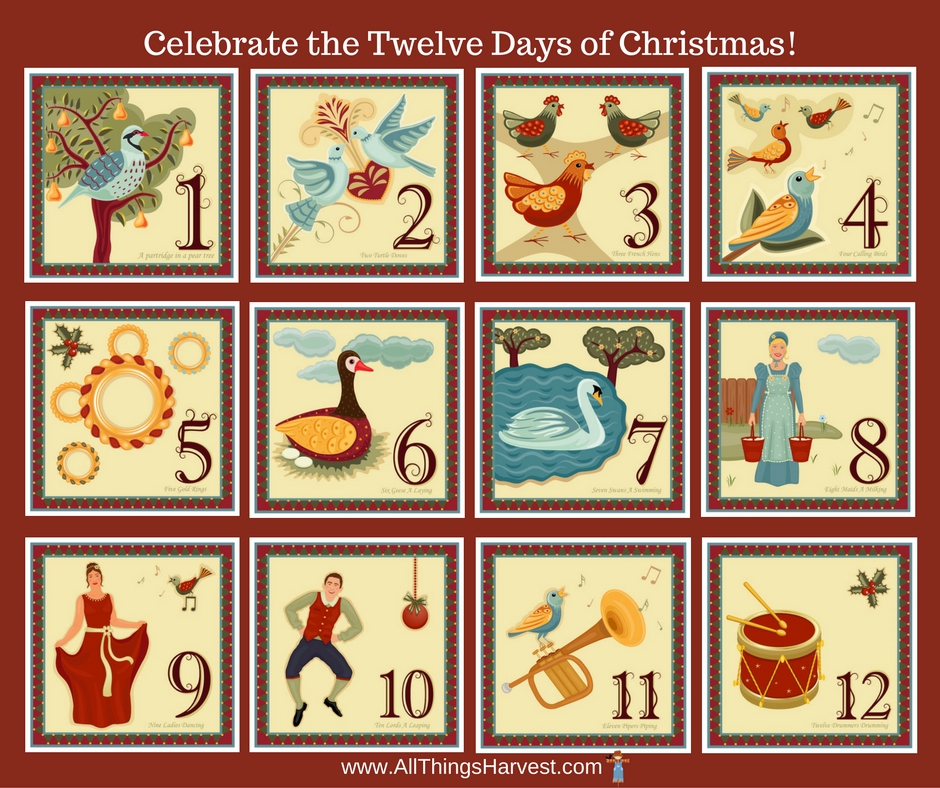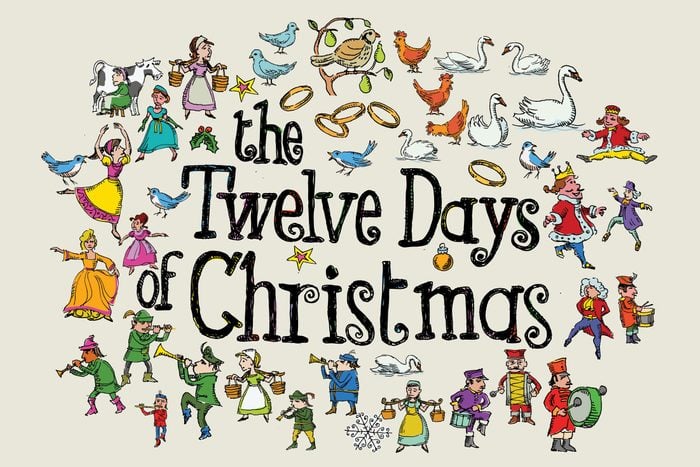The Twelve Days of Christmas: A Lyrical Journey Through History and Tradition
Related Articles: The Twelve Days of Christmas: A Lyrical Journey Through History and Tradition
- The Twelve Days Of Keith Wonderboy: A Christmas Tradition Reimagined
- The Twelve Days Of Christmas: A Timeless Carol With A Deeper Meaning
- The Twelve Days Of Christmas: A Symbol Of Love, Unity, And The True Spirit Of Giving
- 12 Days Of Christmas Dress Up Days 2024: A Festive Guide To Holiday Cheer
- 100 Best Christmas Songs Of All Time
Introduction
With great pleasure, we will explore the intriguing topic related to The Twelve Days of Christmas: A Lyrical Journey Through History and Tradition. Let’s weave interesting information and offer fresh perspectives to the readers.
Table of Content
Video about The Twelve Days of Christmas: A Lyrical Journey Through History and Tradition
The Twelve Days of Christmas: A Lyrical Journey Through History and Tradition
:no_upscale()/cdn.vox-cdn.com/uploads/chorus_image/image/62615710/12dayspyramid.0.0.0.0.png)
For centuries, the beloved Christmas carol "The Twelve Days of Christmas" has captivated hearts and minds with its enchanting melody and enigmatic lyrics. As the festive season of 2024 approaches, let us embark on a lyrical pilgrimage, delving into the rich history and symbolism behind each verse of this timeless classic.
Verse 1: A Partridge in a Pear Tree
The song opens with the enigmatic gift of "a partridge in a pear tree." This verse is believed to symbolize the birth of Jesus Christ, with the partridge representing the Holy Spirit and the pear tree representing the cross.
Verse 2: Two Turtle Doves
The second verse introduces "two turtle doves." These doves are often interpreted as a symbol of love and peace, representing the love between God and humanity and the peace that Jesus brought to the world.
Verse 3: Three French Hens
The "three French hens" in the third verse are thought to represent the three gifts of gold, frankincense, and myrrh that the Magi brought to the infant Jesus.
Verse 4: Four Calling Birds
The "four calling birds" in the fourth verse are believed to symbolize the four Gospels of Matthew, Mark, Luke, and John, which proclaim the Good News of Jesus’ birth and teachings.
Verse 5: Five Golden Rings
The "five golden rings" in the fifth verse are often interpreted as a symbol of the five wounds of Christ on the cross.
Verse 6: Six Geese A-Laying
The "six geese a-laying" in the sixth verse are thought to represent the six days of creation.
Verse 7: Seven Swans A-Swimming
The "seven swans a-swimming" in the seventh verse are believed to symbolize the seven gifts of the Holy Spirit: wisdom, understanding, counsel, fortitude, knowledge, piety, and fear of the Lord.
Verse 8: Eight Maids A-Milking
The "eight maids a-milking" in the eighth verse are often interpreted as a symbol of the eight beatitudes, which Jesus proclaimed in the Sermon on the Mount.
Verse 9: Nine Ladies Dancing
The "nine ladies dancing" in the ninth verse are believed to represent the nine fruits of the Holy Spirit: love, joy, peace, patience, kindness, goodness, faithfulness, gentleness, and self-control.
Verse 10: Ten Lords A-Leaping
The "ten lords a-leaping" in the tenth verse are thought to represent the ten commandments.
Verse 11: Eleven Pipers Piping
The "eleven pipers piping" in the eleventh verse are often interpreted as a symbol of the eleven apostles of Jesus Christ.
Verse 12: Twelve Drummers Drumming
The grand finale of the song features "twelve drummers drumming." These drummers are believed to represent the twelve apostles and the twelve tribes of Israel.
The Cumulative Nature of the Song
One of the most striking features of "The Twelve Days of Christmas" is its cumulative nature. Each verse builds upon the previous one, creating a sense of anticipation and excitement as the gifts become increasingly extravagant. This cumulative structure symbolizes the journey of faith, which grows stronger and deeper with each passing day.
The Tradition of the Twelve Days of Christmas
The twelve days of Christmas traditionally begin on December 25th, the day of Jesus’ birth, and end on January 5th, the Feast of the Epiphany. During this time, Christians celebrate the birth of Christ and the manifestation of his divinity to the world.
The Carol’s Enduring Legacy
For centuries, "The Twelve Days of Christmas" has been a beloved Christmas tradition, sung by people of all ages around the world. Its charming melody, rich symbolism, and cumulative structure have made it a timeless classic that continues to enchant and inspire.
Conclusion
As the Christmas season of 2024 approaches, let us embrace the spirit of "The Twelve Days of Christmas." Let us reflect on the rich history and symbolism behind each verse, and let the song fill our hearts with joy, peace, and the true meaning of Christmas.








Closure
Thus, we hope this article has provided valuable insights into The Twelve Days of Christmas: A Lyrical Journey Through History and Tradition. We appreciate your attention to our article. See you in our next article!